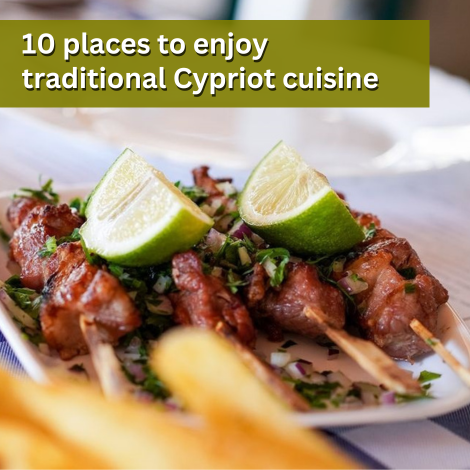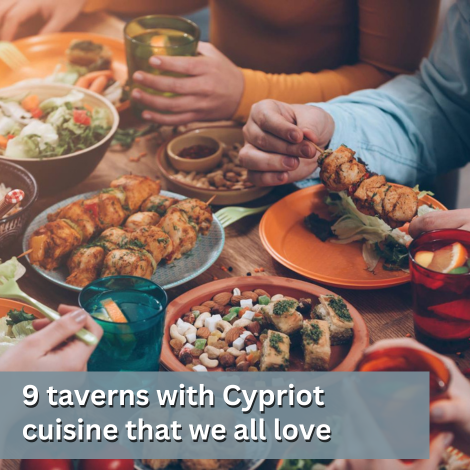Halloumi- The Pride of Cyprus
It is considered the hallmark of the authentic Cypriot cuisine
Halloumi- The Pride of Cyprus
Cyprios and Greeks call it halloumi, Turks hellim, Arabs hallum and Italians calumi. However, no matter what you call it, only a few cheeses around the world can fascinate our taste buds like this.
Halloumi comes from Cyprus, where it was made for the first time during Byzantine era (395-1191).
It is considered the hallmark of the authentic cypriot cuisine. For centuries, halloumi has a special place in cypriot gastronomy. It is not only a cypriot product, but it is part of its culture, since its making is directly linked with the traditional rural life and solitarity that charachterises life in cypriot villages.
Τhe name of the product comes from arabic Khallum or helime (cheese). With regard to the etymology of the word, there are two versions: a) that it is derived from the ancient Greek word halmi (ἅλς) and b) that it comes from the ancient Egyptian word ialom.
Cypriot farmers relied on halloumi as a source of protein, and in many villages, the entire community would join in to make the halloumi taste better and produce as much as they can. The recipes varied from village to village, and each had its own distinct techniques and secret ingredients. Halloumi became so important for the life of the villages, which even many families in the 19th century had such names as: Hallux, Halloma, Hallomakis and Halloumis. In the village of Pyrga of Famagusta, there is a "Halloumas" area. The production of "Halloumi" cheese in rural houses was of particular importance to the inhabitants because, apart from meeting their dietary needs, it was a practice of social solidarity and mutual support among families and an opportunity for socialization and interaction between them (especially among women, they would make it most of the time). The woman who had the most goats was the leader of the cooperative, she was the one that starting the curdling of the milk and the making of halloumi. She was called "gkalatarka".
Nowadays, it is difficult to find peolpe that still make home-made Halloumi but there are still a few left.
Halloumi can be served as grated cheese, inside salads, in cypriot pie, in a sandwich, grilled on a flame, in omelettes etc.
Α characteristic which distinguish it from other cheeses is that it does not melt when cooked (grilled or fried).
In Cyprus we distinguish it from the rest of the cheeses as if it were a special kind of food!!! It is very common to ask "Do you want to eat hallοumi or cheese?"!!
It is a semi-hard cheese, made from a mixture of cow's milk, sheep's milk and whole sheep's milk and can be baked on the grill or pan. Halloumi, like the cheese anari, unlike other cheeses, has white colour and the special characteristic about it is that it doesn't melt in high temperatures in any type of cooking.
It is one of the most important export products of Cyprus with steady increase in sales in many countries abroad.
In Cypriot gastronomy, halloumi is rarely found in lists of non-traditional restaurants, unlike many restaurants in Britain that have made it a culinary delight. The British worship it, it has even come out of their gourmet restaurants, it has become street food, such as the halloumi fries.
Here is an easy recipe to make them:
- 250g Halloumi
- 2 tablespoons plain flour
- 1 tablespoon paprika
- Vegetable oil
1. Cut the halloumi into 10 thick wedges
2. Combine the flour and paprika, then coat each of the halloumi pieces in the mixture
3. Fry the halloumi in hot oil for about 3 minutes until the coating is brown and crispy
4. Serve with your favourite dip and enjoy!
Bon appetite!!

 English
English
 Ελληνικά
Ελληνικά Русский
Русский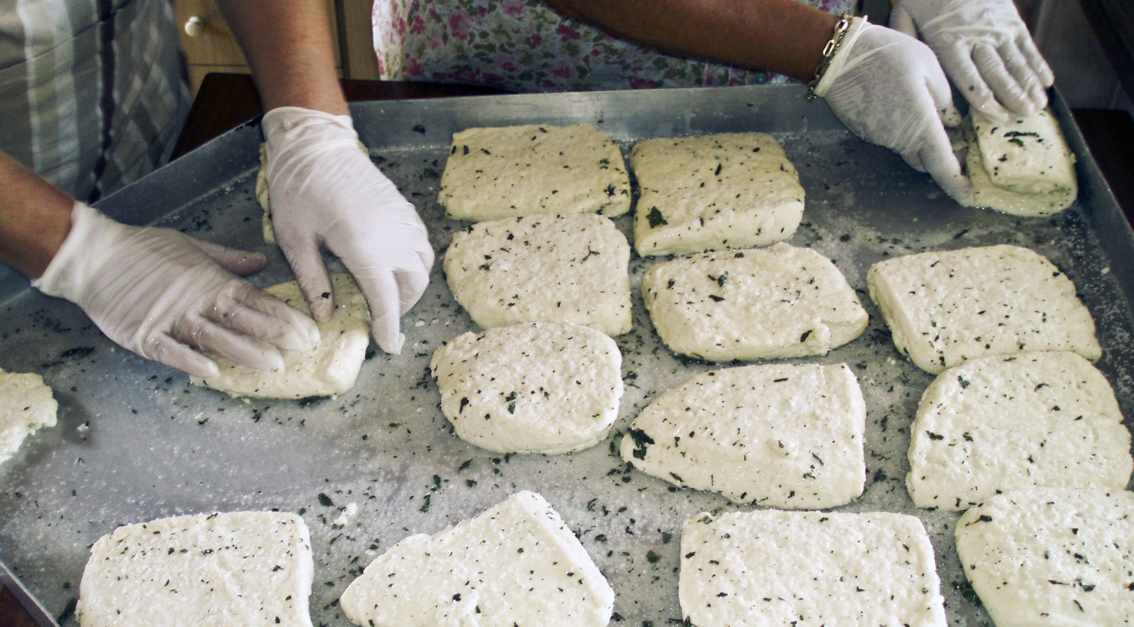
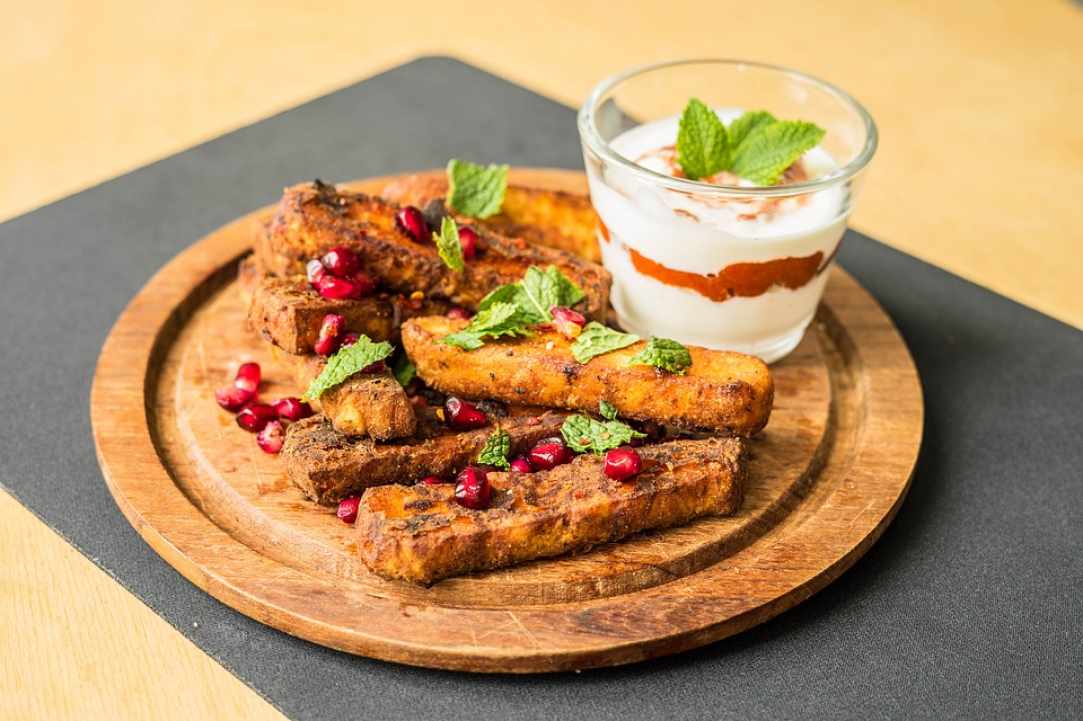
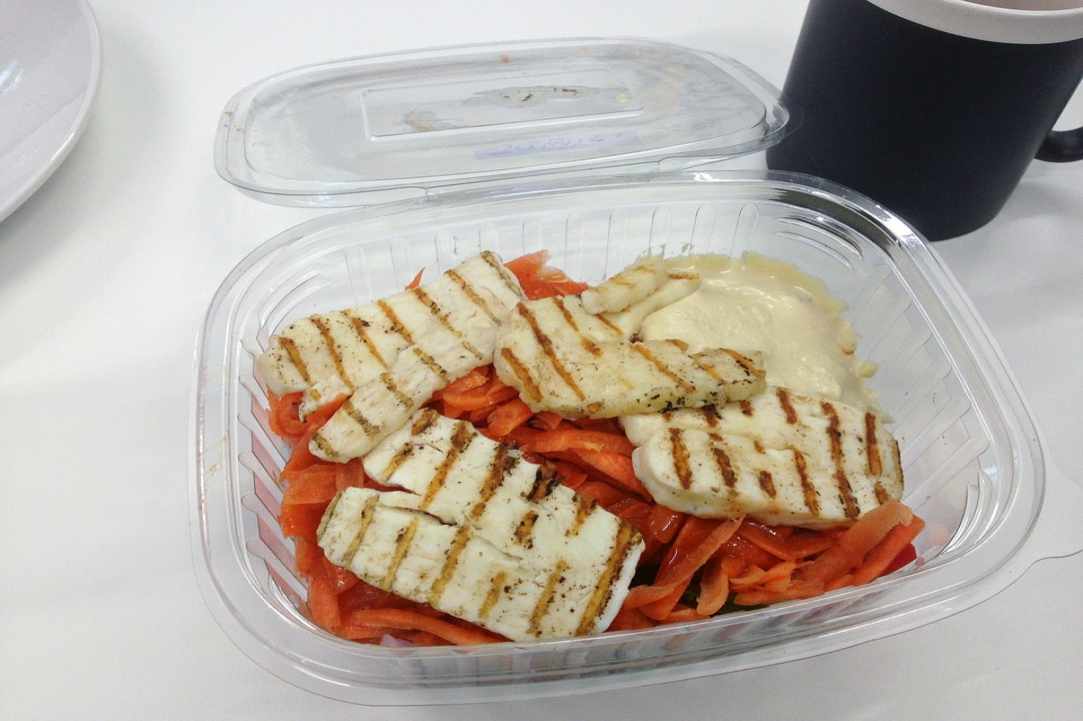
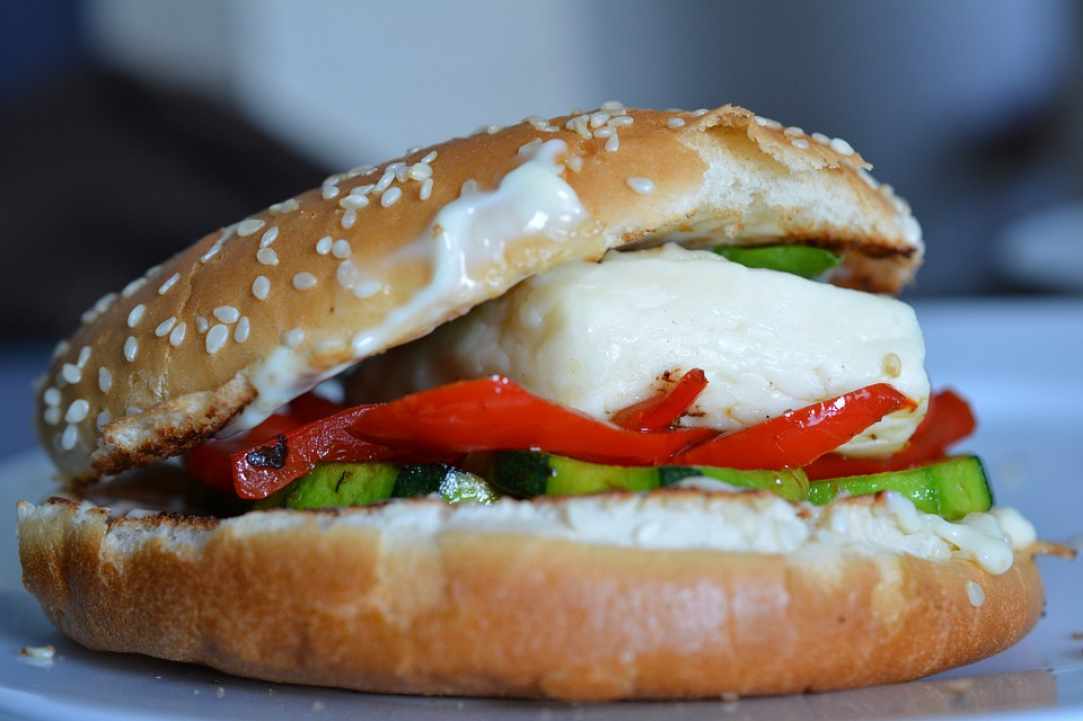
 Posted by
Irene Polia
Posted by
Irene Polia
